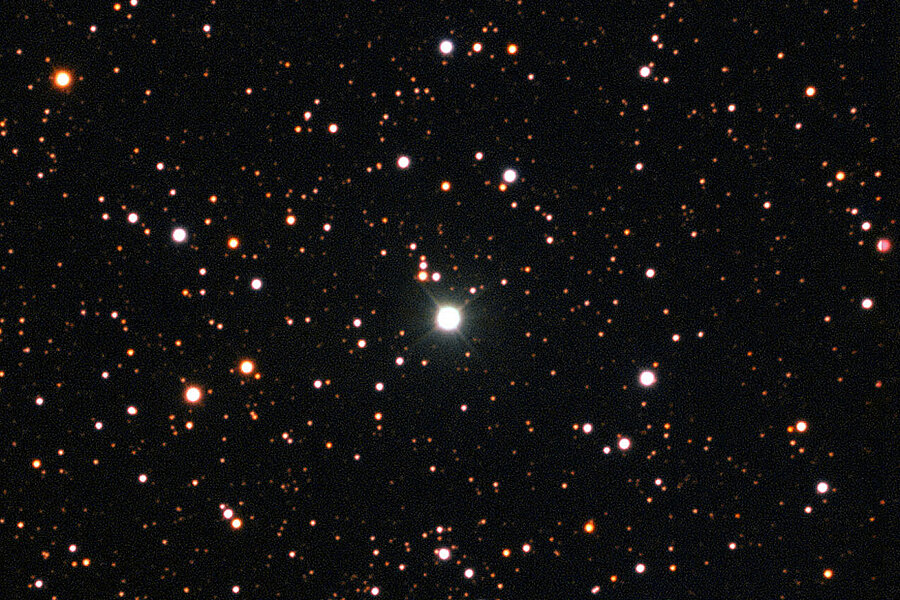Lithium discovered in exploding star clears up stellar mystery
Loading...
Astronomers peering through two telescopes in Chile at the brightest nova of the century so far have found something that could help clear up a longstanding mystery in astrophysics: How much lithium exists in stars.
For the first time, lithium has been detected in material ejected by a nova, a type of stellar explosion displaying a sudden burst of brightness. In this case, the scientists had been observing Nova Centauri, which exploded in 2013, according to the European Southern Observatory (ESO).
“This new finding fills in a long-missing piece in the puzzle representing our galaxy's chemical evolution, and is a big step forward for astronomers trying to understand the amounts of different chemical elements in stars in the Milky Way,” the ESO reported Wednesday.
While models of the Big Bang at the birth of the universe 13.8 billion years ago allow astronomers to make reasonably accurate calculations about the amount of lithium that should be present, scientists have found that older stars do not have as much lithium as the models suggest, and younger ones have more.
“Lithium has now become an important quantitative test of stellar evolution,” wrote Verne V. Smith in a 2010 National Optical Astronomy Observatory study that looked at the amount of lithium in red giant stars.
In 2012, astronomers looking at the universe watched in awe as a planet was devoured by a red giant – one that contained an abnormally high abundance of lithium, The Christian Science Monitor reported.
Astronomers have long suggested that the lower lithium levels in younger stars “could be explained by novae expelling the element, ‘seeding’ space with lithium, and enriching the interstellar medium from which new stars are born,” according to Reuters.
But they couldn’t find any clear evidence of lithium in novae to prove this hypothesis.
The latest discovery, of lithium being expelled at some 1.24 million miles per hour in Nova Centauri, could – when extrapolated to the billions of other novae that have exploded in the Milky Way's history – explain the unexpectedly large amount of lithium in our galaxy, the ESO said.
“If we imagine the history of the chemical evolution of the Milky Way as a big jigsaw, then lithium from novae was one of the most important and puzzling missing pieces,” said Massimo Della Valle, a coauthor of the study that has been published in Astrophysical Journal Letters.
The disparity between the observed amount of lithium in older stars and the abundance estimated from Big Bang models, however, still remains a question without answers, according to Professor Della Valle and team leader Luca Izzo.
This report contains material from Reuters.






